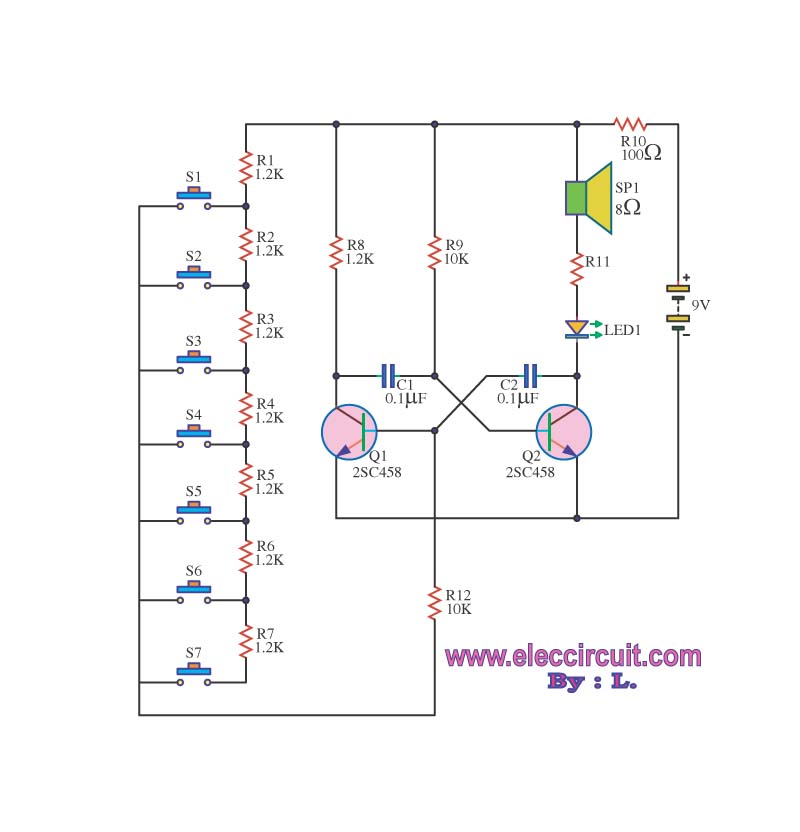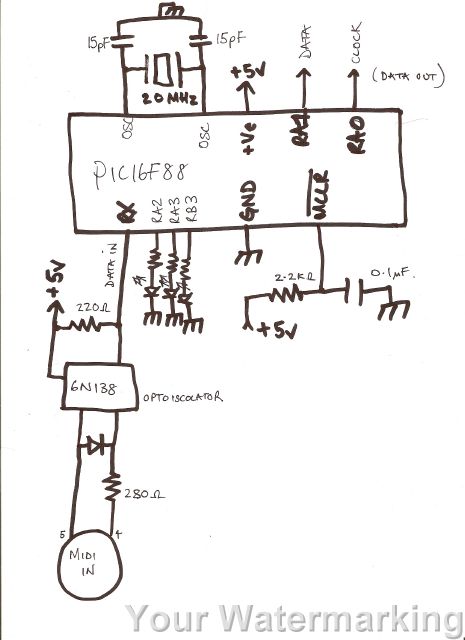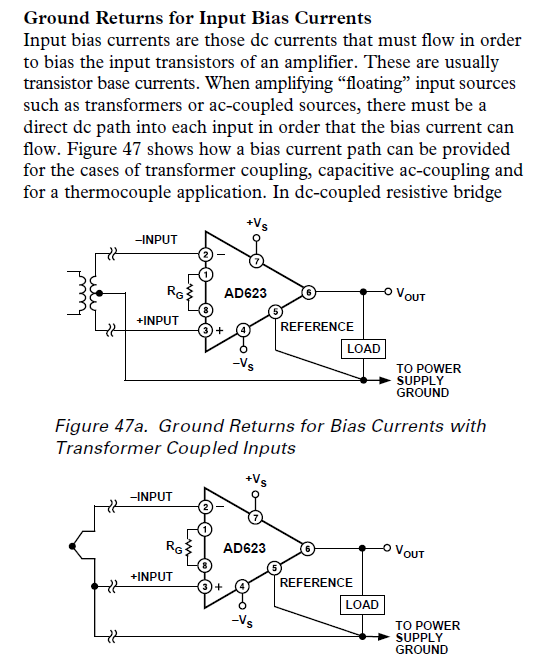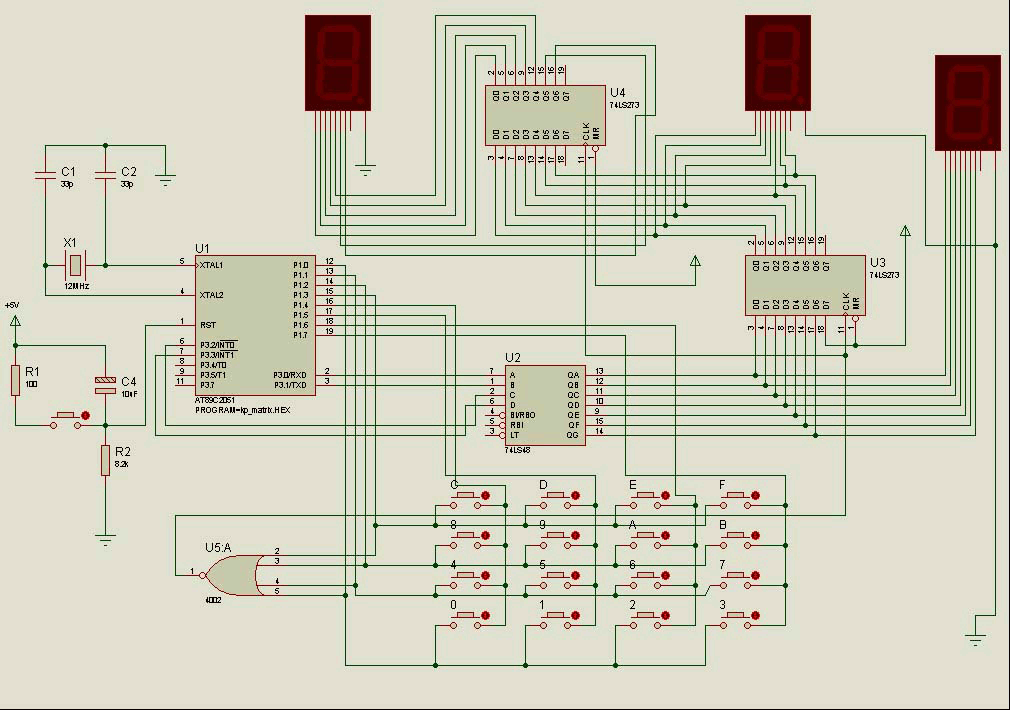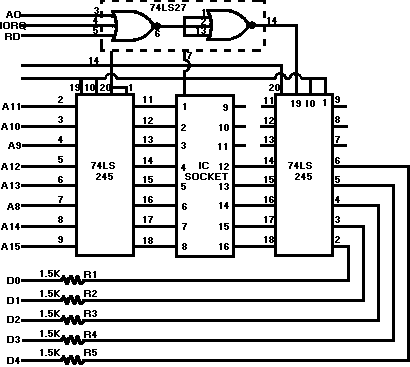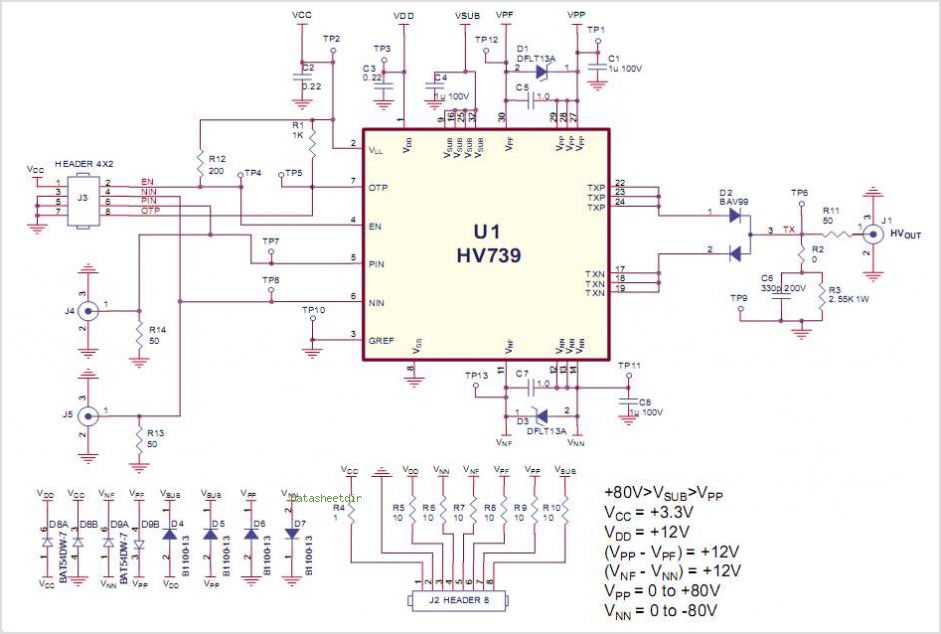
Prototype: Bus Pirate 3EEPROM explorer board

This is an outdated version; refer to the latest version on the documentation wiki. If you have one of Hack a Day's Bus Pirates, what should you do with it? Explore 1-Wire, I2C, and SPI EEPROMs using the 3EEPROM explorer board (pronounced THREE-PROM, with emphasis on the EE). EEPROM is a type of memory chip that retains data without requiring continuous power.
The 3EEPROM explorer board is designed to facilitate the exploration and understanding of various communication protocols, specifically 1-Wire, I2C, and SPI, through the use of EEPROM (Electrically Erasable Programmable Read-Only Memory) chips. This board serves as a versatile tool for both beginners and experienced engineers who wish to delve into memory interfacing and data storage applications.
The board is equipped with multiple EEPROM chips that support different protocols, allowing users to experiment with and compare the characteristics and performance of each protocol. The 1-Wire protocol, for example, is known for its simplicity and minimal wiring requirements, making it suitable for applications where space and complexity need to be minimized. In contrast, I2C and SPI are more robust protocols that allow for higher data rates and support multiple devices on the same bus, which is beneficial in more complex systems.
Users can connect the 3EEPROM explorer board to the Hack a Day Bus Pirate, which acts as a bridge between the board and a computer. The Bus Pirate provides a command-line interface to interact with the EEPROMs, enabling users to send and receive data, perform read and write operations, and analyze the behavior of the memory chips under different conditions.
The board's design typically includes indicator LEDs to provide visual feedback on the status of the communication and power. Additionally, it may feature jumpers or switches to configure the operational parameters, such as selecting the active EEPROM chip or setting the communication speed.
Overall, the 3EEPROM explorer board is an invaluable resource for anyone looking to gain practical experience with EEPROM technology and communication protocols, offering hands-on learning opportunities that enhance understanding of data storage and retrieval processes in electronic systems.This is an old version, see the latest version on the documentation wiki. Now you`ve got one of Hack a Day`s Bus Pirates, what do you do with it? Learn about 1-wire, I2C, and SPI EEPROMs with the 3EEPROM explorer board (we pronounce it THREE-PROM, emphasis on the EE). EEPROM is a type of memory chip that stores data without a continuous. 🔗 External reference
The 3EEPROM explorer board is designed to facilitate the exploration and understanding of various communication protocols, specifically 1-Wire, I2C, and SPI, through the use of EEPROM (Electrically Erasable Programmable Read-Only Memory) chips. This board serves as a versatile tool for both beginners and experienced engineers who wish to delve into memory interfacing and data storage applications.
The board is equipped with multiple EEPROM chips that support different protocols, allowing users to experiment with and compare the characteristics and performance of each protocol. The 1-Wire protocol, for example, is known for its simplicity and minimal wiring requirements, making it suitable for applications where space and complexity need to be minimized. In contrast, I2C and SPI are more robust protocols that allow for higher data rates and support multiple devices on the same bus, which is beneficial in more complex systems.
Users can connect the 3EEPROM explorer board to the Hack a Day Bus Pirate, which acts as a bridge between the board and a computer. The Bus Pirate provides a command-line interface to interact with the EEPROMs, enabling users to send and receive data, perform read and write operations, and analyze the behavior of the memory chips under different conditions.
The board's design typically includes indicator LEDs to provide visual feedback on the status of the communication and power. Additionally, it may feature jumpers or switches to configure the operational parameters, such as selecting the active EEPROM chip or setting the communication speed.
Overall, the 3EEPROM explorer board is an invaluable resource for anyone looking to gain practical experience with EEPROM technology and communication protocols, offering hands-on learning opportunities that enhance understanding of data storage and retrieval processes in electronic systems.This is an old version, see the latest version on the documentation wiki. Now you`ve got one of Hack a Day`s Bus Pirates, what do you do with it? Learn about 1-wire, I2C, and SPI EEPROMs with the 3EEPROM explorer board (we pronounce it THREE-PROM, emphasis on the EE). EEPROM is a type of memory chip that stores data without a continuous. 🔗 External reference
